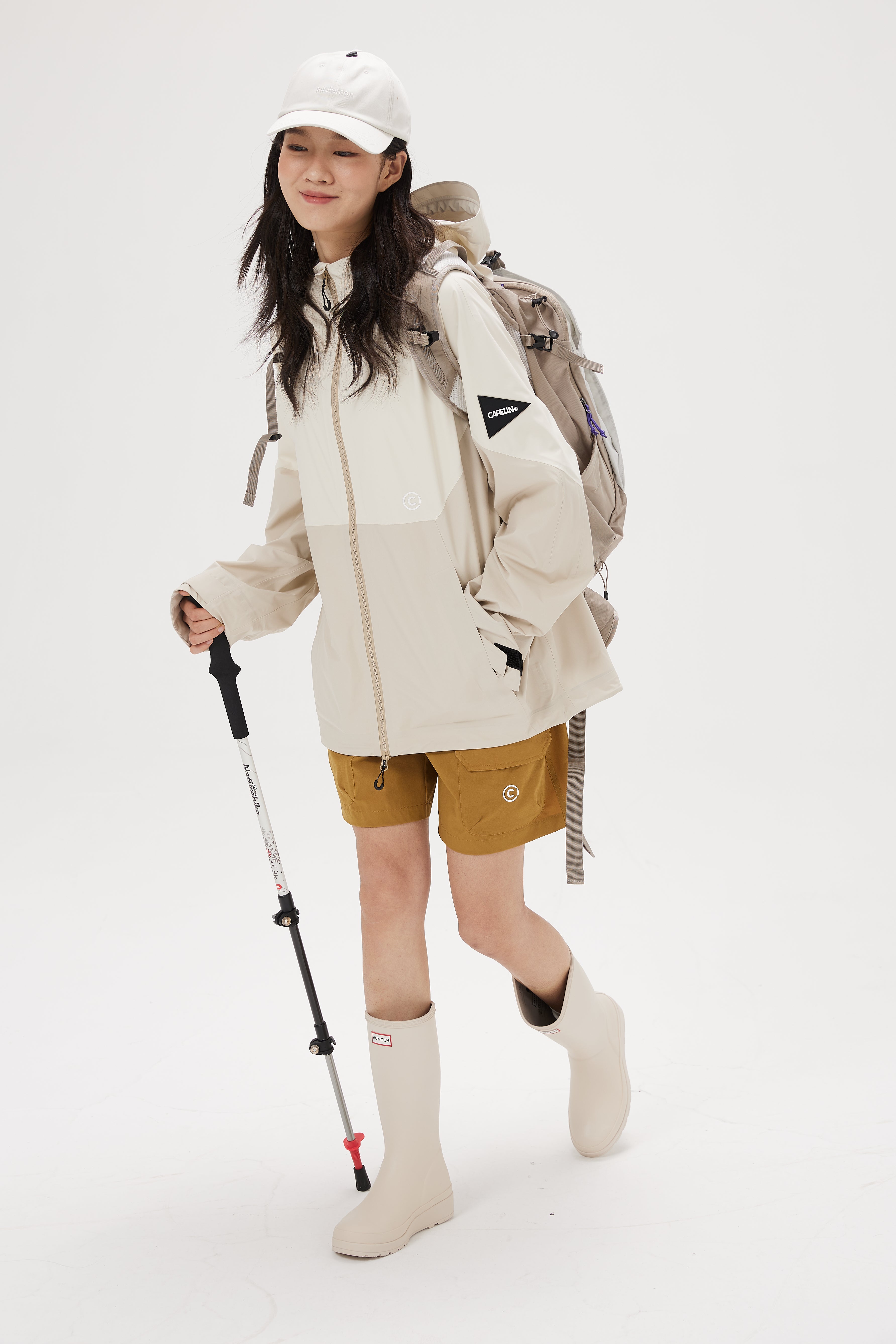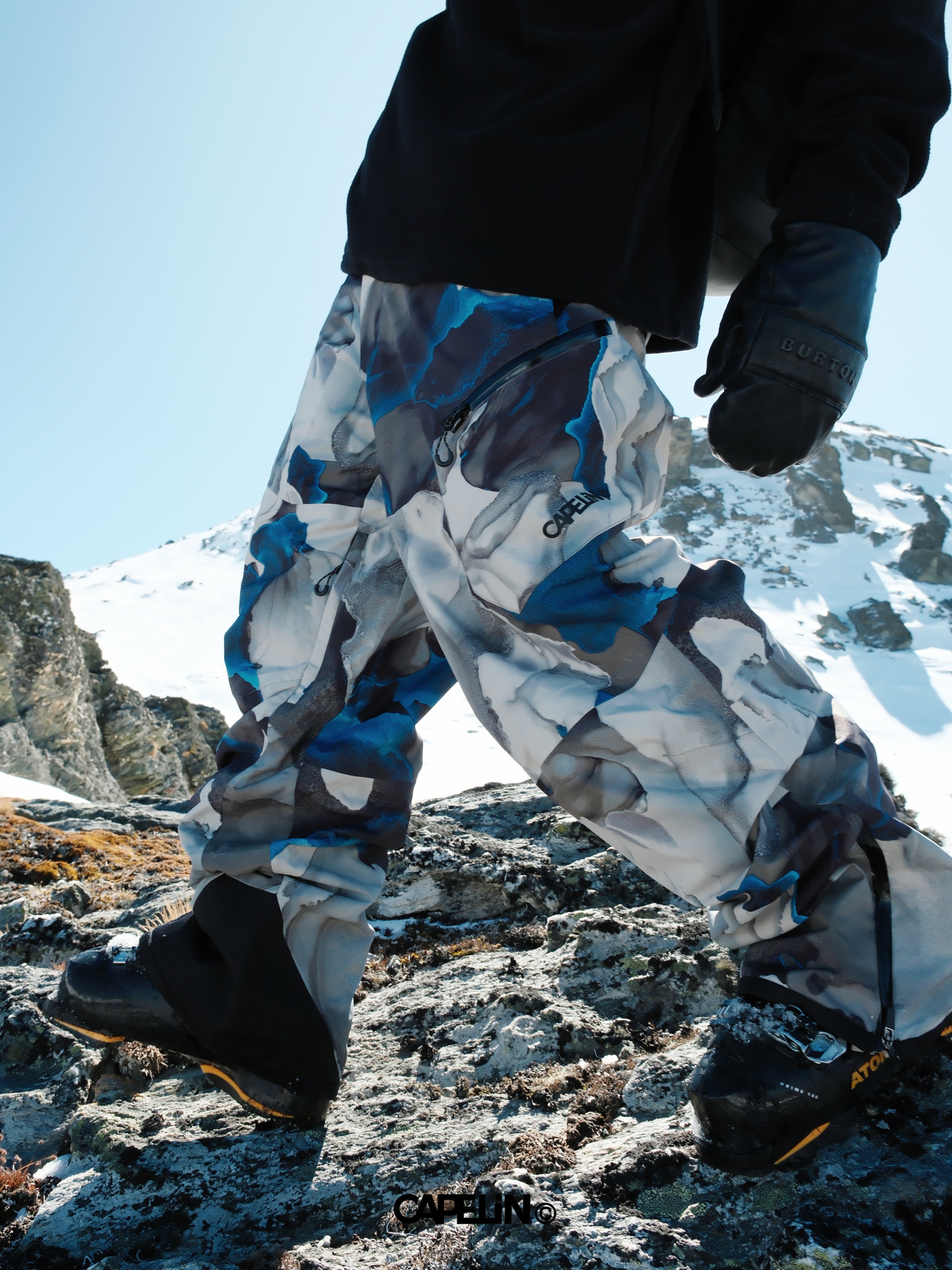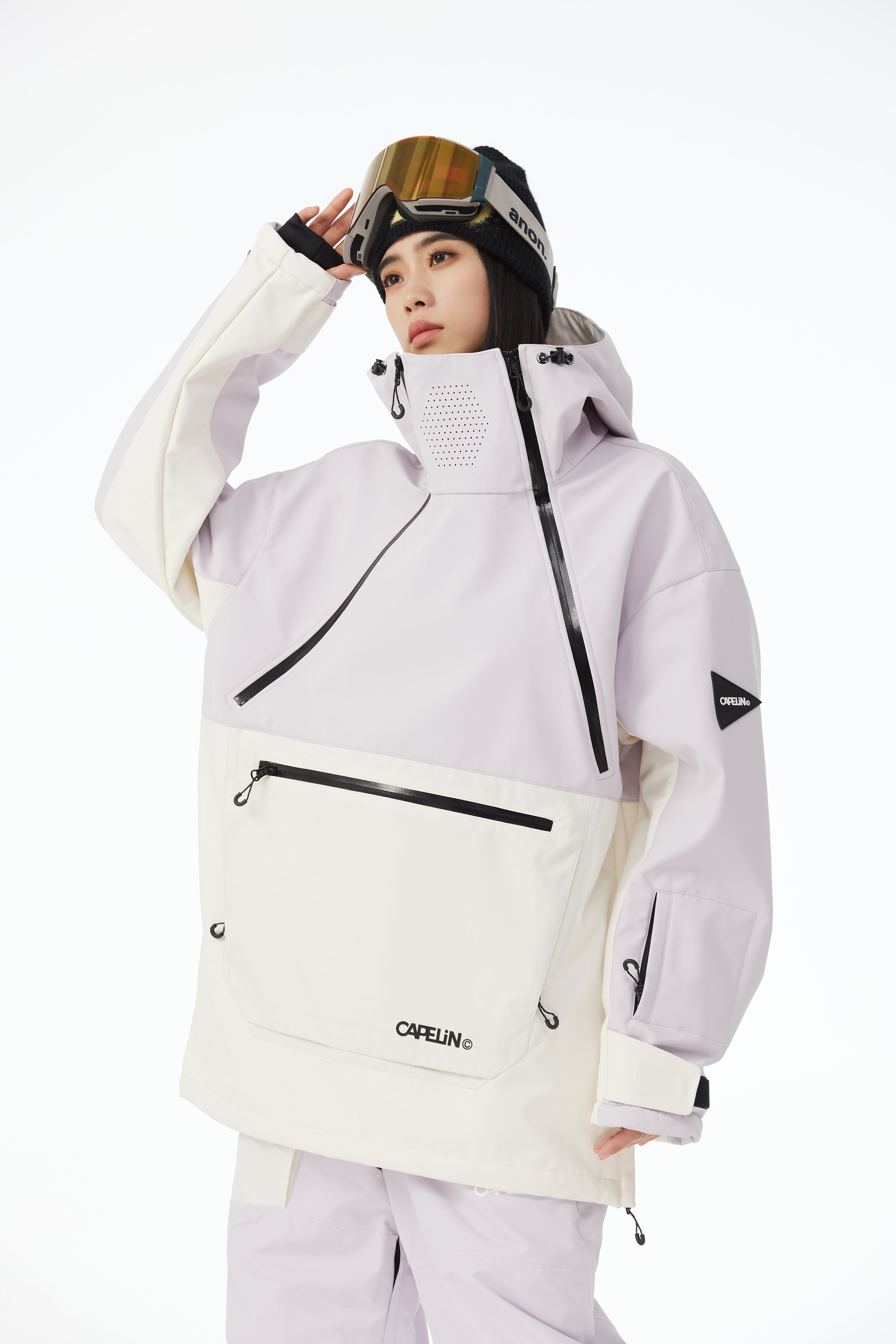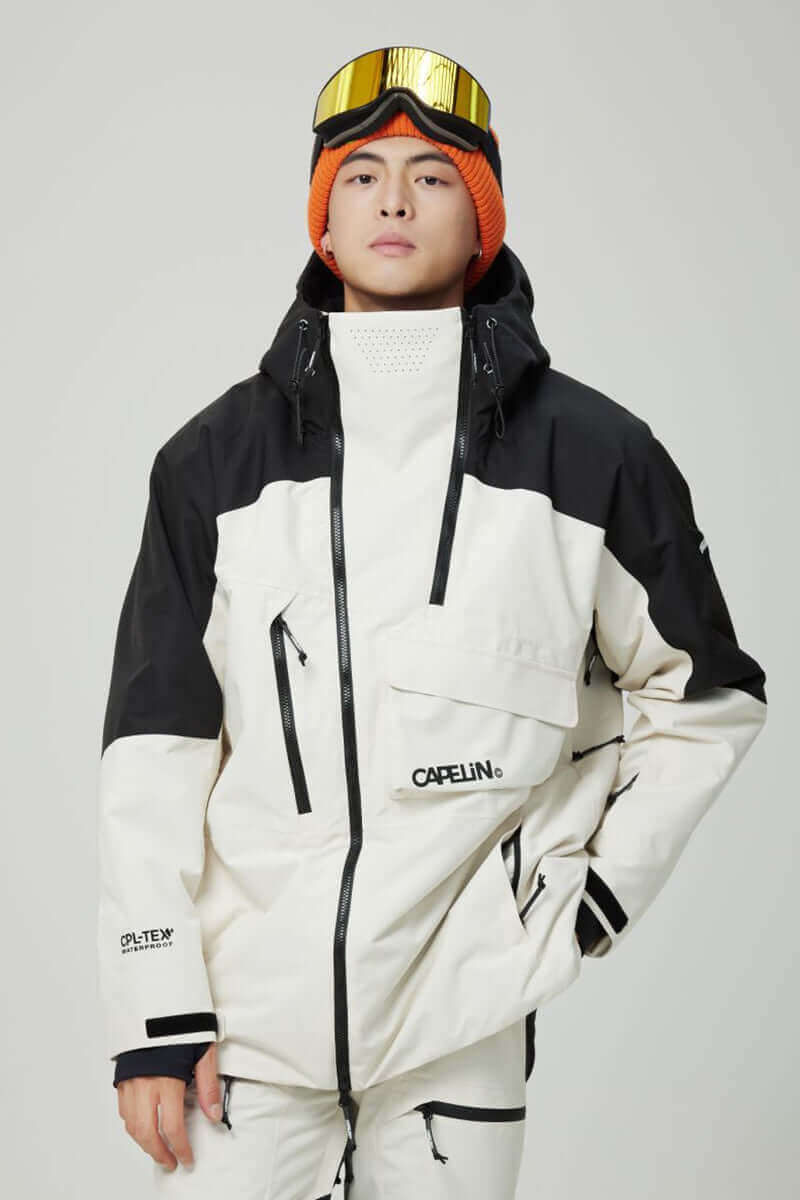As you know, snowboarding is a combination of surfing, skateboarding, and skiing, and offers a unique way to experience the winter landscape. However, unlike these other sports, it requires specific gear tailored to the cold, snowy conditions of the mountains.
For your first time snowboarding, you should wear thermal underwear, thermal socks, a mid-layer, an outer shell jacket and pants, and gloves or mittens for warmth and protection against the elements.
The right clothing and equipment can make the difference between an exhilarating day on the slopes and a cold, wet experience that ends in discomfort or, worse, injury. Luckily, this guide by Capelin Crew will help you get all the necessary equipment for your snowboarding career. So, without further ado, let’s start!
Understanding the Basics of Snowboarding Attire
The Role of Layering in Maintaining Body Temperature
Layering is a fundamental concept in snowboarding attire. That said, it is crucial for regulating body temperature in the variable conditions on the slopes. The layering system typically consists of three main layers: the base layer, which wicks moisture away from the skin; the mid-layer, which provides insulation; and the outer layer, which shields from wind and water.
The Significance of Waterproof and Breathable Materials
Waterproof and breathable materials are vital in snowboarding outerwear. These fabrics prevent water from penetrating the clothing while allowing sweat vapor to escape, keeping the snowboarder dry from both external moisture and internal perspiration.
Eye Protection
Goggles vs. Sunglasses: Pros and Cons
When it comes to eye protection on the slopes, both goggles and sunglasses have their place, but they serve different purposes and conditions.
Goggles are generally the preferred choice for snow sports because they offer a wide field of vision, protect against wind, snow, and debris, and are less likely to fog up due to advanced ventilation systems and anti-fog coatings. They also fit snugly with helmets and provide better peripheral vision.
Sunglasses, on the other hand, are lighter and may be more comfortable on warmer, clear days. They are easier to manage when not in use, but they do not offer the same level of protection against the elements and can be more prone to fogging.
Importance of UV Protection and Anti-Fog Features
UV protection is crucial in snowboarding eyewear because the UV rays are more intense at higher altitudes and can reflect off the snow, increasing the risk of eye damage.
Goggles with 100% UV protection and mirrored lenses are recommended to safeguard against these harmful rays. Anti-fog features, such as double glazing, ventilation systems, and anti-fog coatings, are important to maintain clear vision and prevent the lenses from steaming up. Also, it can be a significant nuisance and safety hazard on the slopes.
Footwear
Snowboard Boots
Selecting the right snowboard boots involves finding a balance between comfort and performance. Boots should fit snugly without causing circulation issues or pressure points, and they should keep the heel securely in place to minimize lift. The lacing system, whether traditional, quick-pull, or Boa, should allow for a tight yet comfortable fit.
It's also important to consider the flex of the boot, which should match the rider's style; softer boots are typically better for freestyle and beginners, while stiffer boots are suited for freeriding and racing.
Another thing, boot stiffness affects the responsiveness and control of the snowboard. Stiffer boots provide more support and are better for high-speed riding and variable terrain, while softer boots offer more flexibility for freestyle maneuvers. The right level of stiffness should be chosen based on the rider's preference and riding style.
Snow Socks
Snow-specific socks are designed to provide warmth and moisture-wicking properties without being too thick. They should fit snugly to prevent blisters and improve circulation.
Doubling up on socks can create pressure points and reduce circulation, leading to colder feet. It can also cause the feet to move around inside the boots, resulting in a lack of control and potential blisters.
Protective Gear
Protective gear such as helmets, knee pads, and back protection is essential for snowboarding. Helmets are non-negotiable for head protection, knee pads can prevent injuries during falls, and back protection can help safeguard against spinal injuries.
Moreover, protective gear is designed to absorb impact and reduce the severity of injuries. Helmets protect against head trauma, knee pads cushion falls, and back protectors can prevent serious back injuries. Using gear that is properly fitted and designed for snowboarding can significantly reduce the risk of injury.
Additional Gear and Accessories
The Role of a Backpack on the Slopes
A backpack serves multiple essential functions for snowboarders on the slopes. It provides a convenient means to carry personal items, safety equipment, and snowboarding essentials such as water, snacks, and extra layers of clothing.
If you’re venturing over a backcountry, a backpack is even more critical, often carrying survival gear like shovels and probes for avalanche safety.
Shaun White, a renowned snowboarding legend, emphasizes that snowboarders wear backpacks to carry a lot of equipment, likening it to survival gear, which includes items necessary for safety and emergencies.
Moreover, a well-fitting and properly adjusted backpack can improve snowboarding performance by allowing riders to carry essentials without having to stop at the lodge frequently. Some backpacks are designed with snowboarding-specific features like hydration systems, trauma pads, and avalanche airbags, enhancing both safety and performance.
Conclusion
When selecting snowboarding equipment for beginners, it's crucial to choose a board with soft flex, a true twin or directional twin shape, and a flat-to-rocker profile to ensure ease of use and forgiveness.
Taking snowboarding lessons from a qualified instructor can significantly accelerate your learning curve and boost your confidence. Spend ample time practicing on beginner slopes to familiarize yourself with your equipment and master basic techniques.
Always wear a helmet and appropriate protective gear, prioritizing safety above all. Starting your snowboarding journey with the right equipment lays the groundwork for a rewarding and enjoyable experience, allowing you to learn snowboarding while enjoying the process and the beautiful winter landscape around you.












